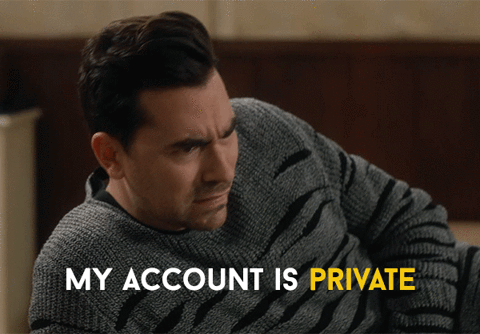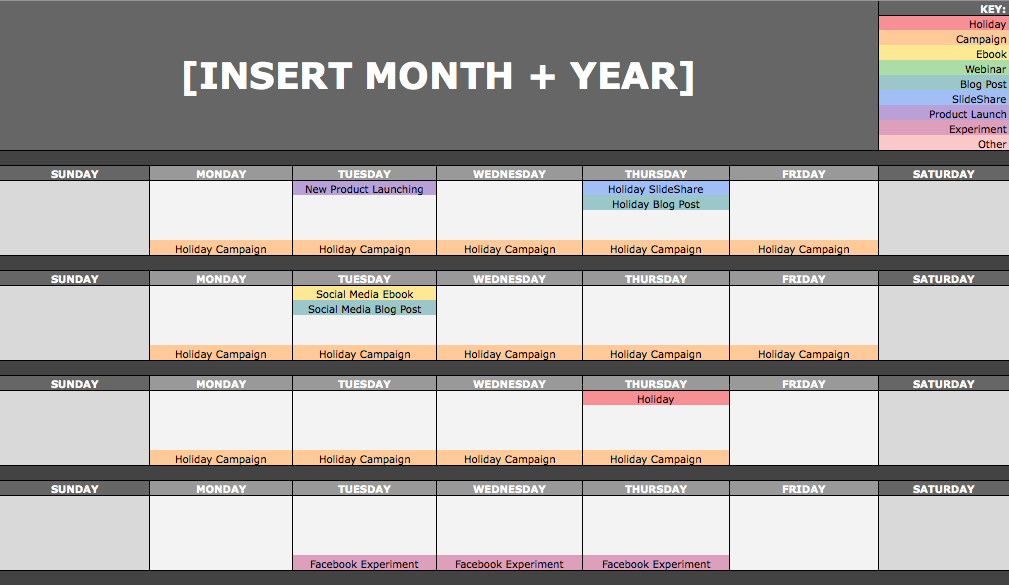Social Media Tips for Future Candidates
If you’re thinking about running for office someday, it’s never too early to start building your personal brand. Social media is a great, low-or-no cost way to reach your community. And in this era, it’s something you can’t ignore. But before you put your authentic self out there, you need to do your homework first. Here are some tips for nailing your social media presence.

1. Define Your Personal Brand
 Light a candle, put on some zen music, and ask yourself the big question. Who are you? How do you want to be perceived? When people interact with you, how should they feel afterward? Outline five qualities you want your social media presence to embody and use those as guidelines for content development.
Light a candle, put on some zen music, and ask yourself the big question. Who are you? How do you want to be perceived? When people interact with you, how should they feel afterward? Outline five qualities you want your social media presence to embody and use those as guidelines for content development.
2. Plan It Out
 Using an editorial calendar (a simple spreadsheet will do) will allow you to maintain consistency, define a visual strategy, and stick to a schedule. Use one to plan out posts that are relevant, valuable, entertaining, and educational. The golden rule is 80% interesting content and 20% self-promotion. Set clear goals ahead of time. Are you building your followers? Are you driving to a call to action? And don’t forget to include a way to track performance.
Using an editorial calendar (a simple spreadsheet will do) will allow you to maintain consistency, define a visual strategy, and stick to a schedule. Use one to plan out posts that are relevant, valuable, entertaining, and educational. The golden rule is 80% interesting content and 20% self-promotion. Set clear goals ahead of time. Are you building your followers? Are you driving to a call to action? And don’t forget to include a way to track performance.
Hubspot has a great Social Media Content Calendar template here.
3. Know Your Platforms

No two platforms are alike, so you have to figure out which ones are right for you and tailor your content accordingly. Let’s go through some of the pros and cons of the most popular social channels.
Instagram
Pros: It’s the channel with the strongest interaction rates. Studies show a 3.21% engagement compared to the average of 1.5% across channels. It’s also a particularly powerful channel if your target market is female. Using stories is a great way to share behind-the-scenes, ephemeral content. Plus, you can engage with your audience using polls and questions.
Cons: It’s not perfect, though. The audience leans younger, you can’t add hyperlinks to captions, and performance metrics are minimal. Plus the algorithm is always changing, which makes it a constant challenge.
Facebook
Pros: Facebook is everywhere. This is where everyone and their mom are. Like, literally, everyone’s mom is on Facebook. It’s super easy to share or boost the posts behind the scenes, and attribution is easy to track. And it has the best native analytics.
Cons: It’s not very authentic. Trolls are everywhere! It’s probably the most difficult platform to manage when it comes to things like ads, so it can be time-intensive. And, of course, privacy concerns.
Twitter
Pros: Twitter is a great place for you to connect directly with their community. It’s quick, it’s concise. Sharing is incredibly easy. A tweet can go viral in seconds. It’s a great place for listening because this is where your community is talking. Pay attention to what’s being said, join in on the conversation.
Cons: It moves SO fast. Your tweets will get lost in seconds. People expect their tweets to get attention immediately, so it can take a lot of energy to keep up with monitoring it.
YouTube
Pros: Nearly 30% of all online activity is spent watching videos, and YouTube use is growing. People spend 40 minutes per day there, versus 35 minutes on Facebook, which came in second. YouTube is the second largest search engine on the internet after Google.
Cons: It’s time consuming. Creating video content is not as simple as typing up 280 characters. And it’s harder to reach users directly. There’s no feed, so you need to do your own marketing to drive people to your videos.
4. Remember, Social Media is a Two Way Street

The great thing about social media versus a blog or website is that your audience gets to have a conversation with you instead of being talked at. Make sure you’re accessible and engaging with them. Don’t let comments go ignored. Give your followers some love via comments, likes, and follows back. Use polls and surveys to get them contributing and engaging with each other. This can help build loyalty in your community.
5. Measure Everything

How will you know what’s working for you if you don’t keep track of it? It might sound intimidating, but to be honest, a good old fashioned spreadsheet works great. Plus, most of the platforms have passable built-in analytics to at least give you an idea of what’s performing well. Here are some of the metrics to keep an eye on.
Reach
The reach of a social media post is the total number of people who see an individual post you make on social media. For example, if you have 10,000 followers but only 2,000 people saw a piece of content you posted, your reach on that piece of content is 2,000.
Impressions
An impression is a measure of how many times a post you shared was displayed, such as on a social media newsfeed. Impressions differ from reach because they are counted on a per-view basis, meaning the same person could view your post six times, and that would count as six impressions.
Engagements
An engagement is any time someone interacts with your social media content, such as a like, share, or comment. With the way most of the algorithms work, if someone receives an impression and engages with that content, they are more likely to receive another impression of that content.
Follower growth
But keep an eye on that engagement rate. If your followers increase but your engagements stay the same, it’s not that useful.
There is no surefire blueprint for a successful social media account, so experiment with everything. While posting on Instagram at noon might work best for one person, tweeting at 10pm might be better for another. As long as you keep track of your engagement and growth, you’ll figure out what works for you along the way. Good luck!


